Sign up for workout ideas, training advice, reviews of the latest gear and more.

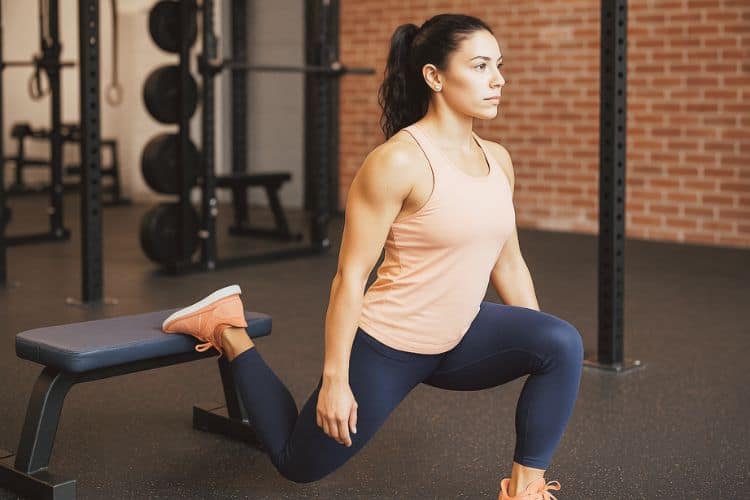
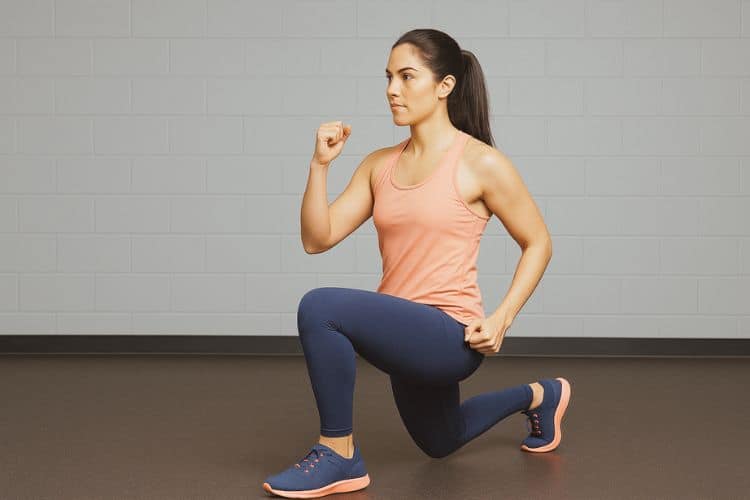
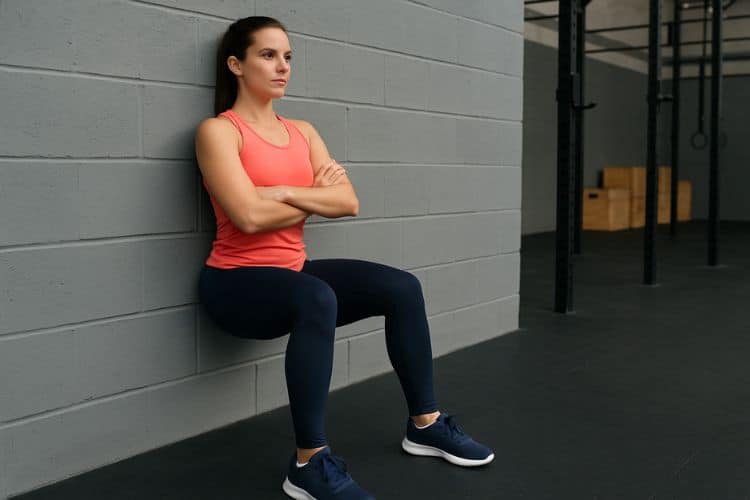
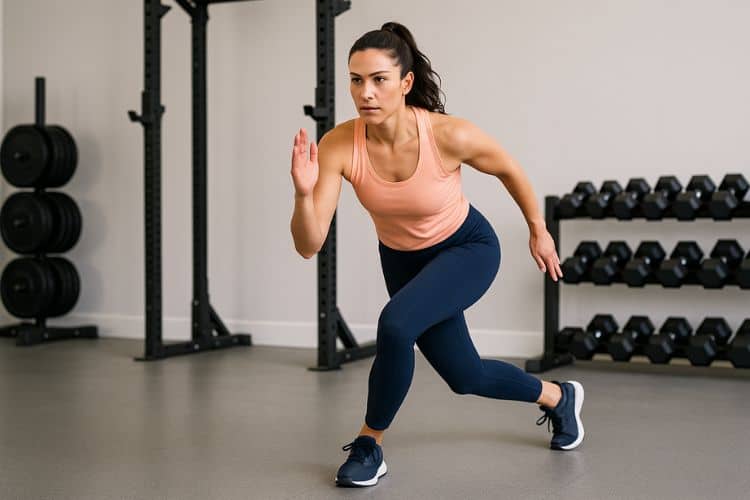
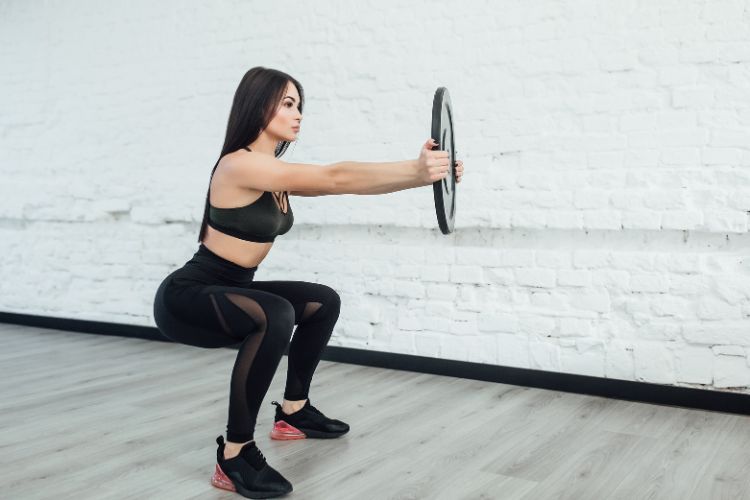
Plate front raises are a powerful yet underrated shoulder exercise that helps build strength, enhance aesthetics, and improve posture. Unlike traditional dumbbell or cable raises, using a weight plate for front raises offers unique benefits such as improved grip, stability, and core engagement. Whether you’re training at the gym or at home, plate front raises are a practical addition to your shoulder training routine.
In this comprehensive guide, we’ll explore the benefits, proper form, variations, programming tips, and a sample workout plan to help you integrate plate front raises into your fitness routine effectively.
Plate front raises are a resistance training exercise that primarily targets the anterior deltoid—the front part of the shoulder. The movement involves lifting a weight plate from thigh level up to shoulder height (or higher), maintaining a straight-arm position, which isolates and challenges the delts significantly.
This movement can be performed with small or large weight plates, making it a scalable exercise for beginners and advanced athletes alike.
The main benefit of plate front raises is the isolation of the front deltoid, which helps build strong, defined shoulders. This is especially useful for athletes who rely on overhead movements, such as weightlifters, swimmers, and throwers.
Holding a plate with both hands requires you to brace your core to stabilize your torso. This engagement helps improve core strength and postural control during the lift.
Unlike dumbbells, the plate requires a pinch grip or neutral hold, which enhances your grip endurance and forearm stability. It’s an excellent way to train your hands and wrists in a functional context.
All you need is a single plate to perform this move, making it perfect for home gyms, hotel workouts, or busy gym environments with limited equipment access.
Although the anterior deltoid is the primary muscle group targeted, other muscles also contribute to the movement:
Choosing a plate that is too heavy can cause you to swing your body, taking the load off your shoulders and increasing injury risk.
Letting the plate drop quickly reduces muscle tension and can strain your shoulders. Always lower under control.
Raising the plate too high can cause impingement in the shoulder joint. Stick to shoulder level or slightly above if it feels comfortable.
Adding variety keeps your shoulder workouts fresh and challenging. Here are a few great alternatives and progressions:
Instead of stopping at shoulder height, continue lifting the plate overhead. This version increases the range of motion and further engages the upper chest and traps.
Hold the plate with one hand and perform single-arm raises. This increases core activation and shoulder stabilization on each side.
Use a 3-1-3 tempo (3 seconds up, 1 second pause, 3 seconds down) to maximize time under tension and muscle fatigue.
Raise the plate to shoulder height and hold for 10–30 seconds. This challenges your muscle endurance and mental toughness.
Raise the plate to shoulder height, then press it overhead. This dynamic compound move works the delts, triceps, and core simultaneously.
Include plate front raises 1–2 times per week as part of your shoulder or upper-body day.
Rest for 30–60 seconds between sets if using light-to-moderate weight for hypertrophy. If going heavier, rest up to 90 seconds.
Pair plate front raises with these exercises for a complete shoulder workout:
Easy to learn and requires minimal equipment.
Ideal for boxers, swimmers, CrossFitters, and weightlifters.
Helps develop the rounded “cap” look on the shoulders for physique improvement.
Strengthening the front delts helps balance out overactive traps and rounded shoulders.
Here’s a simple shoulder-focused workout using PFR:
Warm-Up (5 minutes):
Main Workout (20 minutes):
| Exercise | Sets | Reps |
|---|---|---|
| Plate Front Raises | 3 | 12–15 reps |
| Plate Overhead Raise | 3 | 10–12 reps |
| Dumbbell Lateral Raises | 3 | 15 reps |
| Push-Up to Plate Raise Combo | 3 | 8 reps |
| Isometric Plate Hold (Shoulder Height) | 2 | 20 sec hold |
Finisher (5 minutes):
Plate front raises are an excellent shoulder isolation exercise that fits well into any strength, hypertrophy, or athletic conditioning program. With minimal equipment, a range of variations, and benefits like grip enhancement and core stability, this move deserves a place in your regular rotation.
Use proper form, start with a light plate, and focus on consistent progression. Whether your goal is sculpted shoulders, stronger overhead lifts, or a more resilient upper body, plate front raises can help you get there.
It’s not recommended. Shoulders need recovery time. 1–2 times per week is optimal.
Start with a 5–10 lb plate to master form before progressing.
Not necessarily better—just different. Plate raises improve grip and symmetry, while dumbbells allow for independent movement.
Yes, they slightly activate the upper chest, but primarily target the shoulders.
Stay up to date on the latest women’s health, fitness and lifestyle trends and tips.